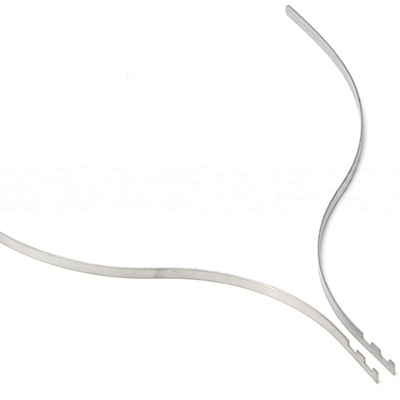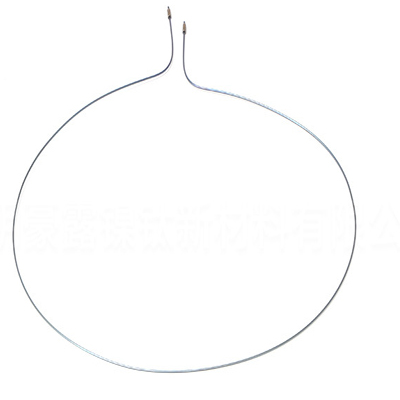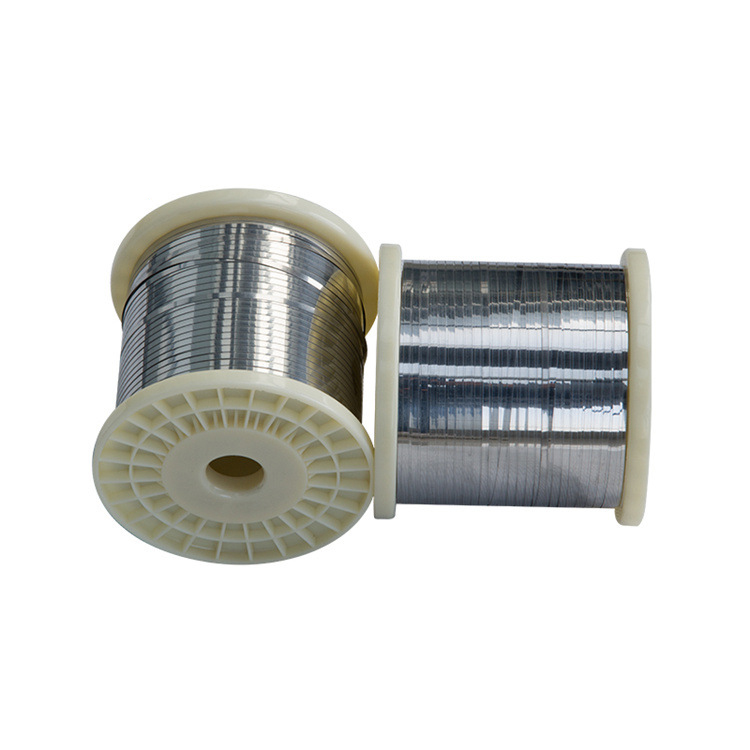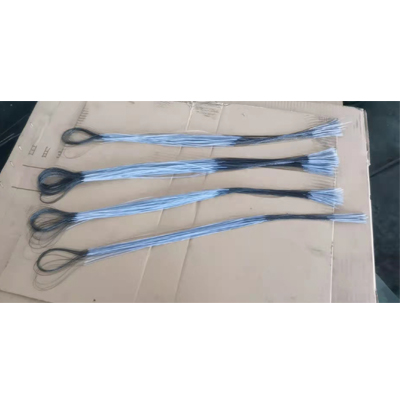
Application of nitinol alloy in medical device field
22 3 月, 2022Shape Memory Alloy (SMA for short) is a special metal material that has the ability to restore shape after proper heat treatment. This ability is called Shape Memory Effect (SME). In fact, many materials have SME, but only a few materials can generate large recovery strain and shape recovery force, such as: Ni-Ti alloys and copper-based alloys (CuZnAl and CuAlNi), iron-based alloys are the most widely used.
Nitinol basic structure
The parent phase structure of NiTi alloy is composed of titanium atoms and nickel atoms that overlap in a simple cubic lattice staggered along the diagonal of the body for half a cycle. The nickel atoms are located in the center of the body and the titanium atoms are located at the top corner. The valence electron state of the titanium atom is 3d^{2}4s^{2}, and the valence electron state of the nickel atom is 3d^{8}4s^{2}. The bond types of the parent phase structure of Ni-Ti alloy are mainly covalent bonds and metal bonds. The spatial valence electron structure of NiTi alloy is shown in the figure below.
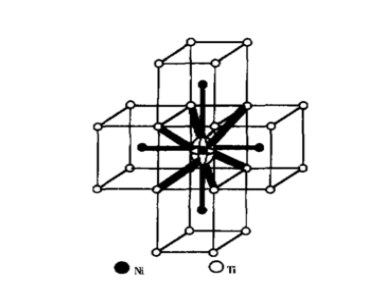
Nitinol principle
When a metal receives an external force, it will deform. The deformation of the metal is divided into elastic deformation and plastic deformation. Elastic deformation is when the external force is small and there is only a small change in the atomic spacing, and the original shape can be restored after the external force is removed. Plastic deformation is when the external force exceeds a certain critical value, the crystal is severely deformed and cannot be restored. There are two types of plastic deformation, one is shear caused by crystal dislocation slip, and the other is twin deformation or stress-induced martensitic phase transition. Shape memory alloys belong to thermoelastic martensitic phase transitions.
The martensitic phase transition is often reversible, that is, the low-temperature phase of the martensitic is heated at a fast enough speed, and it can be directly converted into the high-temperature phase of the parent phase without decomposition. The transition of the parent phase to the martensitic phase begins, and the final temperature is called M s, M f; The reverse transition of the martensitic phase to the parent phase begins, and the final temperature is called A s, A F.
Nitinol basic performance
Titanium shape memory alloy can be molded into various required shapes such as spiral shape and grid shape at a high temperature of 5000 oC, that is, memory shape; the shaped memory alloy can be arbitrarily deformed at a low temperature of 0-40℃; when the temperature rises to 35-400oC, it quickly returns to its original memory shape. It also has light weight (specific gravity 6.5g/cm 3), weak magnetism (permeability<1.002), high strength (tensile strength 5740-9800kg/cm 3), fatigue resistance (2.5×107cyl, 4900kg/cm 3), which is conducive to continuous function, yield strength (14000-2310kg/cm 3) and elastic modulus (714000-826000kg/cm 3) ) High resilience and other advantages.

